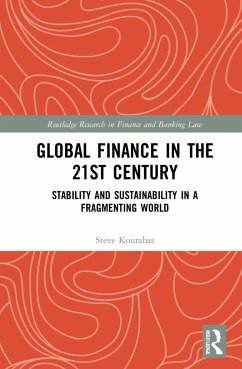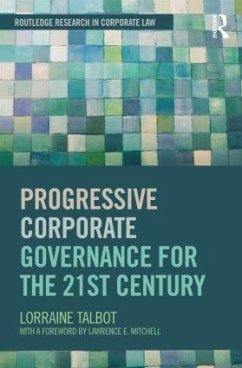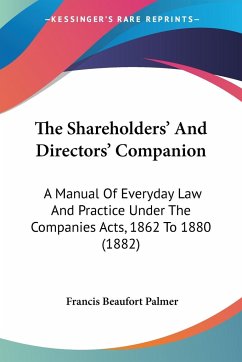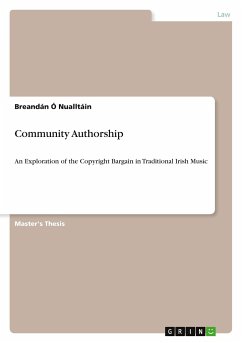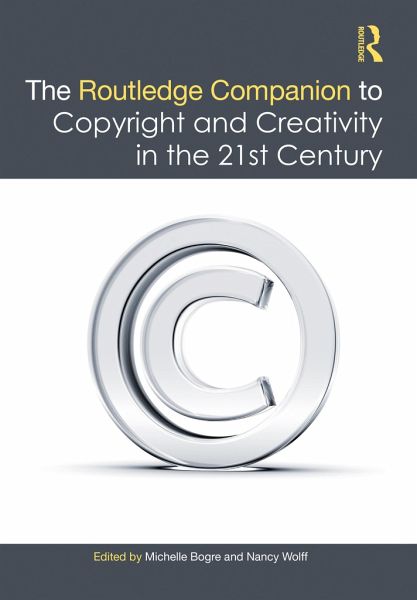
The Routledge Companion to Copyright and Creativity in the 21st Century
Versandkostenfrei!
Versandfertig in 1-2 Wochen
258,99 €
inkl. MwSt.
Weitere Ausgaben:

PAYBACK Punkte
129 °P sammeln!
These collected chapters and interviews explore the current issues and debates about how copyright will or should adapt to meet the practices of 21st century creators and internet users.





